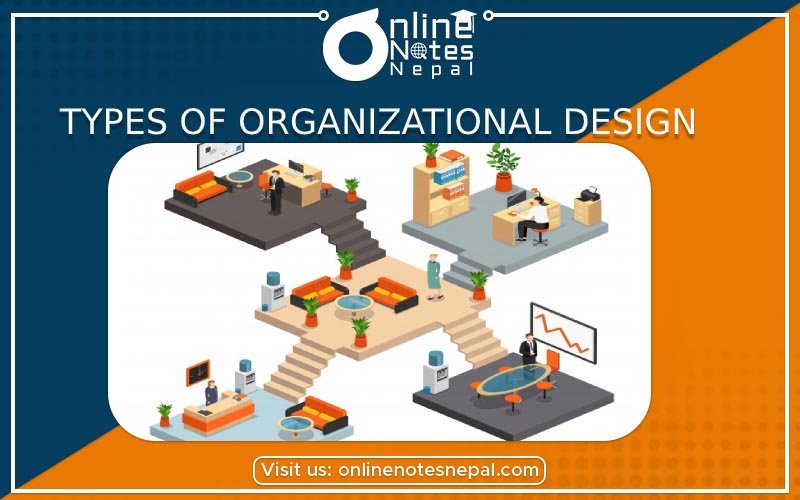Published by: sadikshya
Published date: 01 Jun 2021

Organizational design is concerned with creating different departments and divisions of work. The development of a particular type of organizational structure defines the authority-responsibility relationship. The forms of organizational structure depending upon the nature and size of the enterprise.
The following are the common forms of organizational structure in many organizations which are as follows:
1. Line Organization Structure
2. Functional Organization Structure
3. Line and Staff Organization
4. Committee Organization
5. Matrix Organization
Line organization is the oldest and traditional forms of organizational structure. it is also known as a military organization. Under this structure, there is a direct line of authority from superior to the subordinate level through an unbroken chain.
Advantage of the Line Organization
The following are the main advantages of line organization:
1. Simple
Line organization is simple to design, understand, and operate. There is a clear definition of the authority-responsibility relationship of all the members.
2. Quick decision and implementation
Each manager in line organization has an independent status and can make quick decisions within his authority. Quick decisions and their implementation help to get benefits or business opportunities.
3.Maintain discipline
The inline organization, there is a chain of command from the top level to the subordinate level management. Every employee is responsible to his immediate superior. There is less probability of conflict.
4.Fixed Responsibility
Unity of command helps to fix the responsibility in the line organization. No one can shift their responsibilities to others nor can they avoid it. Every employee is responsible for the completion of the given work.
5.Flexibility
Line organization structure is adjustable according to the changing environment of the business. Thus, it permits flexibility in operation. Depending upon the environment, more departmental managers can be added to the existing structure.
6.Effective Management
There is a chain of command and span of control in the line organization structure. The top-level management can control the entire organization through a hierarchy of authority. Every employee is reasonable to his immediate supervisor.
7. Economical
The line organization is economical in operation. It does not have a provision of experts and specialists to provide guidance to the top-level management. Top-level management takes decisions according to requirements without taking technical suggestions from experts.
Disadvantages of the Line Organization
The following are the main points of the disadvantage of the line organization
1. Overload on manager
The inline organization, managers have to perform a wide range of functions. In other words, managers have to involve themselves in the job of a different nature. As such, they cannot devote sufficient time to creative functions.
2. Lack of specialization
The inline organization, there is an absolute lack of functional specialization. An employee has to involve in various types of work. Similarly, a manager has to look after various departments and functions at a time. Here is where the saying “Jack of all trades but master of none” fits in well.
3. Autocratic leadership
The executive authority of the enterprise is concentrated on top-level management. Therefore, executives are willing to adopt a dictatorial approach. Subordinates have no freedom to do their job.
4. Problem of coordination
The top-level management might face problems in maintaining coordination in the functions of various departments. Inline organizations, various departments are autonomous and there is little communication with each other. The responsibility of coordination falls on the heads of the top-level managers.
5. Inefficiency
There is a lack of provision of experts and specialists in the decision-making process. The top-level management takes a decision without taking any suggestions and guidance from experts. In such a situation, the problem of imbalance in the managerial decision may arise.
6. Lack of stability
Line organizations totally depend upon a few executives. They perform all types of works of creative and innovative nature. The subordinate level employees have no knowledge and authority about their performance.
7. Unsuitable in the present-day environment
The line organization is based on the traditional concept of management. Therefore, it is unsuitable for a large scale business enterprise to have modern business activities. There is no provision of guidance and suggestion from experts and specialists for managerial decisions.